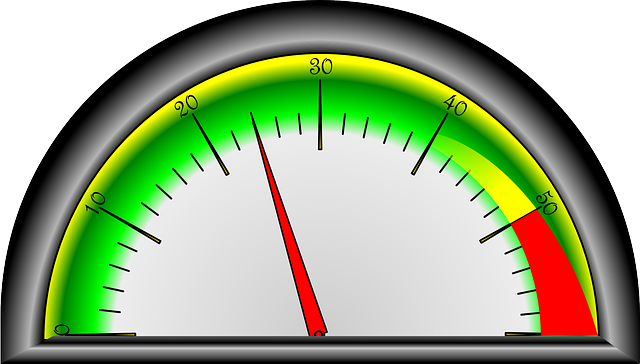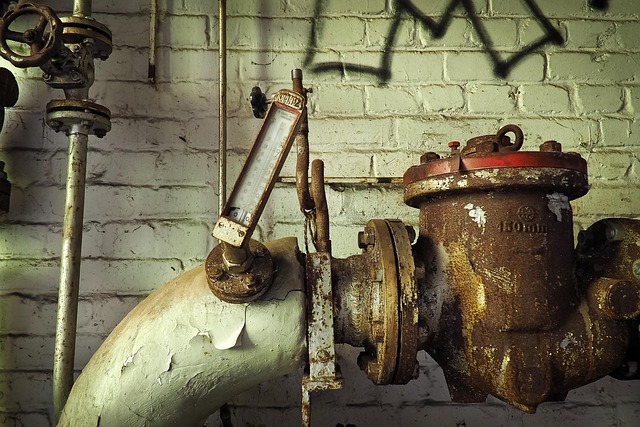Low water pressure in your home is usually caused by clogs, worn regulators, plumbing issues, or main supply problems. To fix it, first diagnose the root cause – check other taps, pipes, fittings, and water meter activity. Common solutions range from DIY remedies to professional pipe replacement. Regular maintenance prevents future issues.
Low water pressure can be a frustrating household issue, but understanding its common causes is the first step towards finding a solution. From faulty pipes to improper faucet setups, various factors can contribute to reduced water flow. This article acts as your comprehensive guide, breaking down the diagnosis and resolution of low water pressure issues. By following our step-by-step process and implementing effective remedies, you’ll regain full pressure in no time. Discover the root causes and learn preventive measures to avoid future disruptions.
- Understanding Low Water Pressure: The Common Causes
- Diagnosing the Issue: Step-by-Step Guide
- Solving Low Water Pressure: Effective Remedies and Preventive Measures
Understanding Low Water Pressure: The Common Causes

Low water pressure is a common household issue that can be frustrating and inconvenient. Understanding the causes behind this problem is the first step in finding an effective solution. The most prevalent causes of low water pressure include issues with the main water supply line, faulty valves or fixtures, and problems within the plumbing system itself.
In many cases, a simple clog or build-up in pipes can significantly reduce water flow. Over time, mineral deposits, debris, or even tree roots can infiltrate and narrow the pipe walls, hindering water passage. Additionally, worn-out or improperly adjusted pressure regulators can cause fluctuations in water pressure, resulting in a weaker flow at taps and appliances. Identifying the specific cause is key to determining whether it’s a simple fix like clearing a clog or if more complex plumbing repairs are needed.
Diagnosing the Issue: Step-by-Step Guide

Diagnosing low water pressure issues can seem daunting, but a systematic approach can help pinpoint the cause efficiently. Start by checking if other taps in your home or building are also experiencing reduced pressure. If it’s an isolated issue, the problem might lie with that specific fixture. Next, examine any visible signs of damage or leaks near pipes and fittings. Corrosion, mineral buildup, or broken parts can restrict water flow.
Inspect your water meter to see if there’s any unusual activity. A sudden drop in water usage readings could indicate a leak. Check the pressure gauge on your plumbing system, if available; low readings confirm reduced pressure throughout. If the issue is widespread, consider checking with your local water supplier for reports of main breaks or disruptions in their service area. This step helps rule out problems beyond your property’s boundaries.
Solving Low Water Pressure: Effective Remedies and Preventive Measures

Low water pressure can be frustrating and often indicates an issue within your plumbing system. To solve this problem, start by identifying the causes of low water pressure, which can range from simple issues like mineral buildup or clogged pipes to more complex problems such as faulty valves or low water supply.
Once you’ve diagnosed the root cause, effective remedies include flushing out mineral deposits with vinegar or a specialized cleaning solution, clearing clogs using a plumber’s snake, and checking for leaks that could be reducing water levels. For more serious issues, replacing worn-out pipes, valves, or pressure regulators might be necessary. Preventive measures, such as regular maintenance checks and avoiding overloading the plumbing system, can also help avoid future low water pressure episodes.
Low water pressure can significantly impact your daily routine, but understanding its causes and implementing effective solutions can restore efficiency. By following the step-by-step guide provided in this article, you can successfully diagnose and address various common causes of low water pressure, from leaks to faulty valves. Remember, timely maintenance and regular checks are key to preventing future issues. Equip yourself with knowledge, take action, and enjoy consistent, strong water flow once again.
